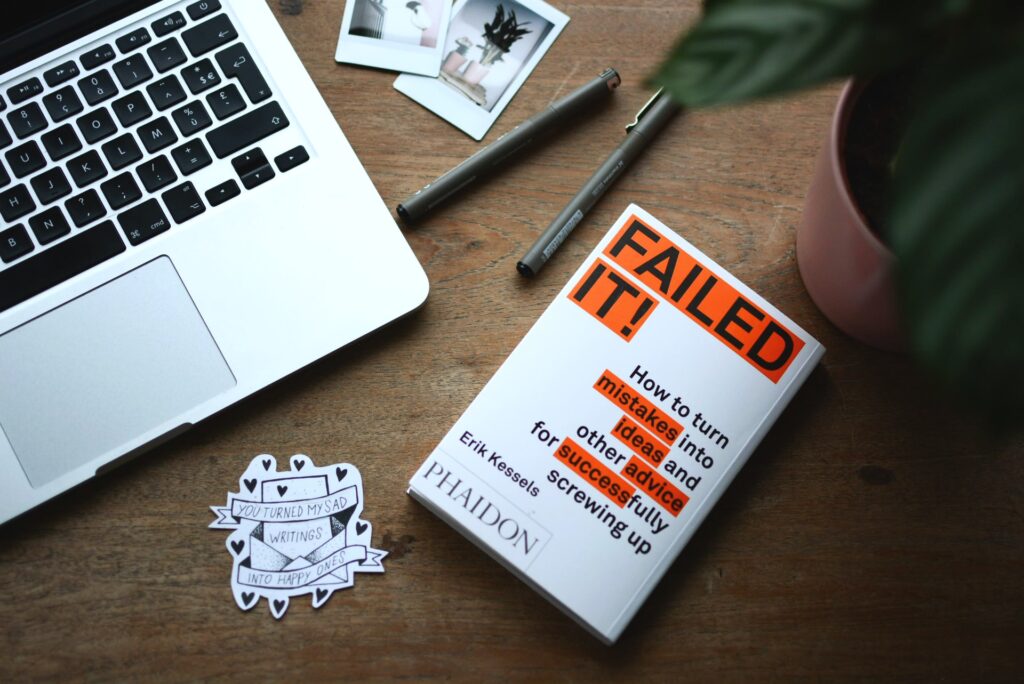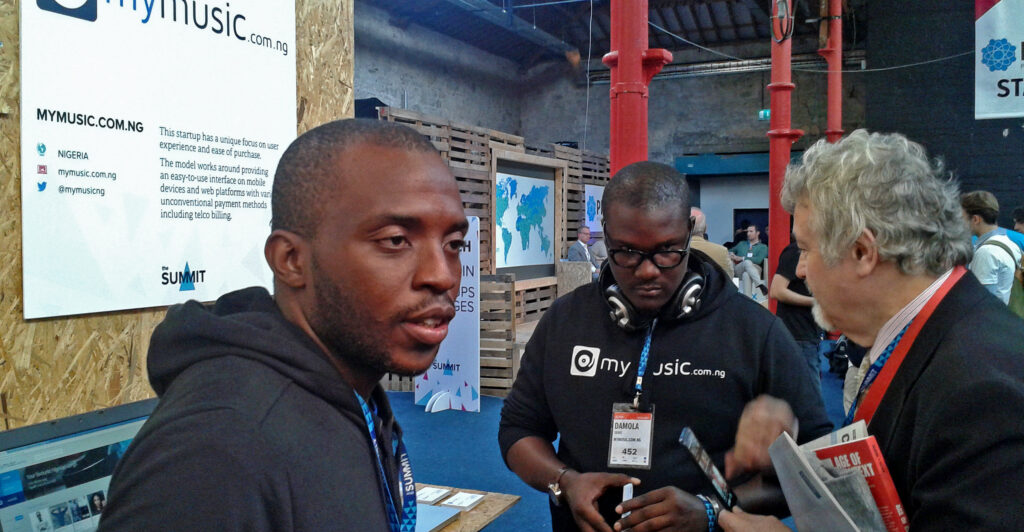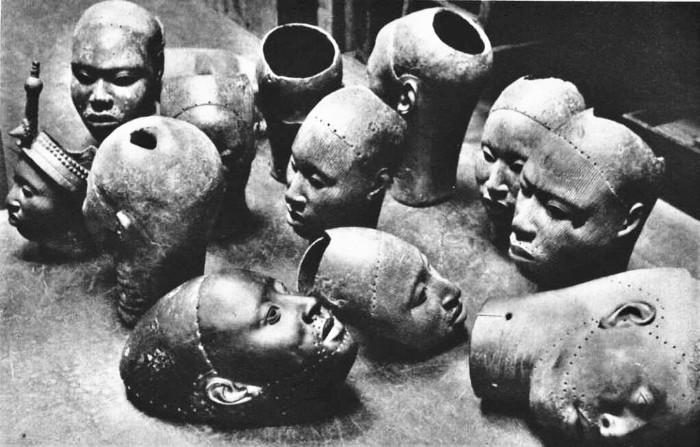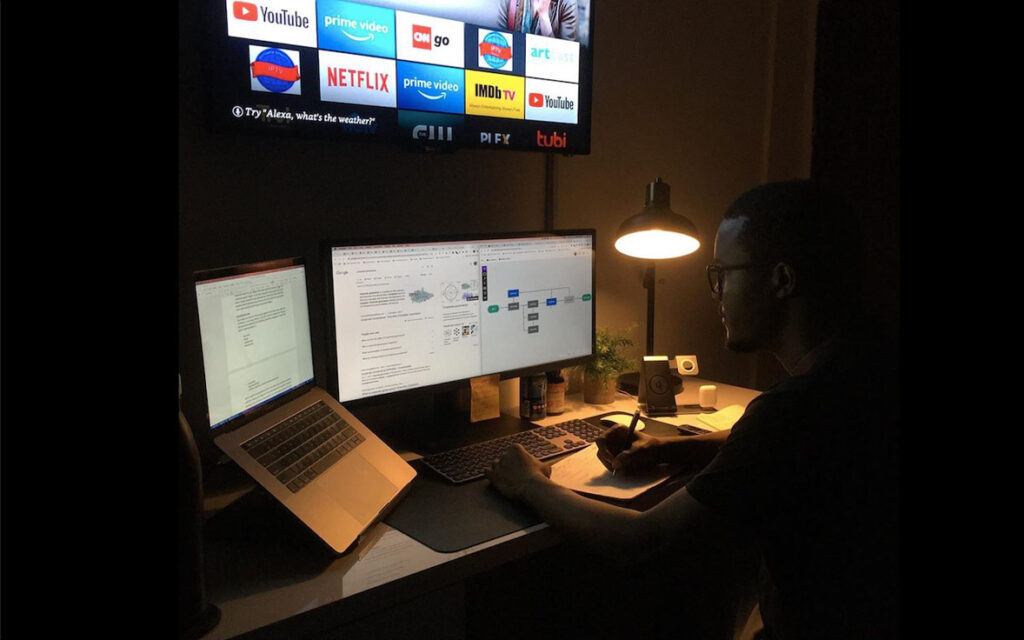The startup environment is a very dynamic, fast-paced, and highly unpredictable one. As a startup founder, you get to be involved in every single part of the company, and the decisions you make day to day will ultimately determine whether or not the company will stay alive or dead. Eric Ries, the author of The Lean Startup defines a startup as a human institution designed to deliver a new product or service under conditions of extreme uncertainty.
As a startup founder, there are many lessons you are forced to learn that will ultimately make you a better designer. Here are some of them.
A startup is a human institution designed to deliver a new product or service under conditions of extreme uncertainty.
Eric Ries Tweet
1. Design is meant to improve every part of a business
A lot of designers still think of themselves as people employed just to make stuff look pretty. When you are building a startup, you begin to realize that it’s no longer about just solving a design or interface problem but you are now solving a business problem. You have to probe into every tiny detail and dig much deeper into the mind of the users and find out what influences them to keep using your product or make a purchasing decision. You must be able to empathize with the user from the idea stage of your product, till you get to production and thereafter, throughout the entire life cycle of your business. You have to constantly find ways to improve every aspect of your product and keep it alive.
When you are in the driving seat, you begin to realize how every design decision affects the product and you see the bigger picture. As a result, you will learn to make only those decisions that contribute positively to your bottom line. Good design is design that solves business problems so you must always find the balance between form and function.
Let me give two examples, first about a friend and then a personal one. So a friend of mine was launching a new drink product into the market and it was targeted at lower-income mass-market consumers. He got the packaging designed as aesthetically pleasing as possible and was so happy to finally get it into the shelves at supermarkets. But to their surprise, the launch was a total flop. The sales were ridiculously low and they had to go back to the drawing board. After a series of user research, he discovered that customers assumed it was a high-end luxury product. They didn’t bother to check the prices and just walked right past it at the supermarkets. The design was the problem. It was too “pretty.” They had prioritized form over function.
As a startup founder myself, being in the driving seat has given me the invaluable experience of how design influences a product from just an idea to something that people begin to use. For example, at one of our businesses, our product was targeted at users in emerging markets with low broadband internet penetration. Through various insights discovered, we were able to iterate our product design to solve our unique business goals. Our products are audio digital products, so we learned that we needed to display the MB size of our audio files so our users could know exactly how much data they were consuming. We also had to be actively involved in marketing, growth hacking, conversion funnels, and product retention and this also influenced our design decisions by integrating features such as social proof and social sharing into the design. And the list goes on and on in the same fashion.

2. Building credibility in your organization with business leaders
When you’ve had the experience of building a company, it puts you in the shoes of CEOs, heads of products, business leaders, and basically people who are making decisions and driving the roadmaps of companies. As a startup founder, you will wear many hats and ultimately become more valuable.
Therefore, you will understand what the most important growth metrics of your company are and your focus will be how your design helps those metrics grow.
A lot of designers always have challenges communicating the importance of user experience and their design to their business leaders because they are often speaking different languages. Business leaders do not really care how shiny your design looks, although there is a place for aesthetics in good design, but first, it must contribute to the bottom line and solve the business problems. So designers need to be more involved at a strategic level in organizations so that design solutions they propose can be effective and relevant to business needs.
Most successful designers in big organizations understand that their job is more than just sitting in front of sketch and banging out designs all day but rather building solid relationships within the company ranks. This helps to navigate company politics and prevent running into walls and ideas getting shut down. This also ensures that designers are always working on the right type of designs that speak to the company priorities.

3. Understanding the value of Failure
When you are building a startup, you will fail many times. It will probably be the most failures you will experience at once in your lifetime but you will also quickly understand that it is a valuable experience. You need to fail fast, get up, pick up the lessons learned, and iterate again. Most successful startups today failed many times but by implementing the lessons they learned and iterating or pivoting, they are very successful today.
A good example is Stewart Butterfield who pulled off the ultimate pivot by launching a billion dollar messaging app. At two different attempts, he tried building massive video game companies which failed miserably but was able to pivot to what we know today as one, Flickr and the other Slack.
This will make you a humble but resilient designer and open to criticisms and feedback. You will also grow and rise through the ranks very fast because, with the experience in your kitty bag, you are tooled to navigate difficult and complex situations better than the average designer who has not had that experience.
If you have the opportunity to work on an idea from scratch, it is an experience worth having and you should definitely take it.





